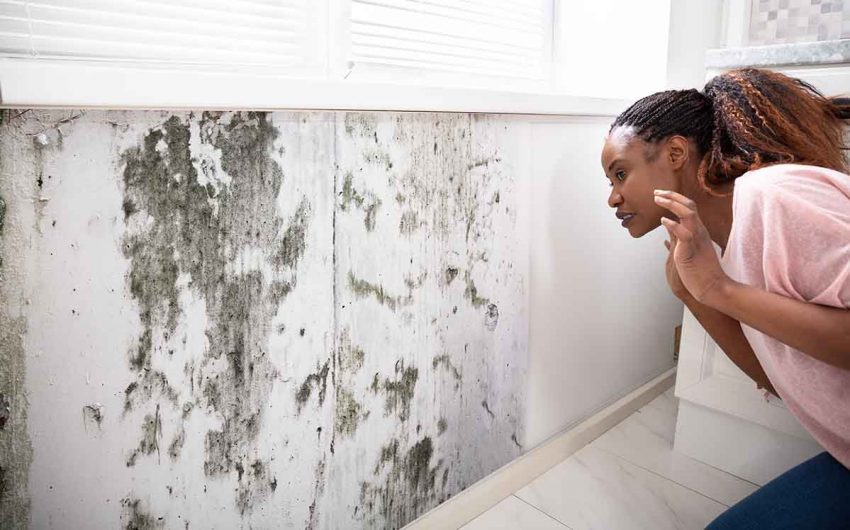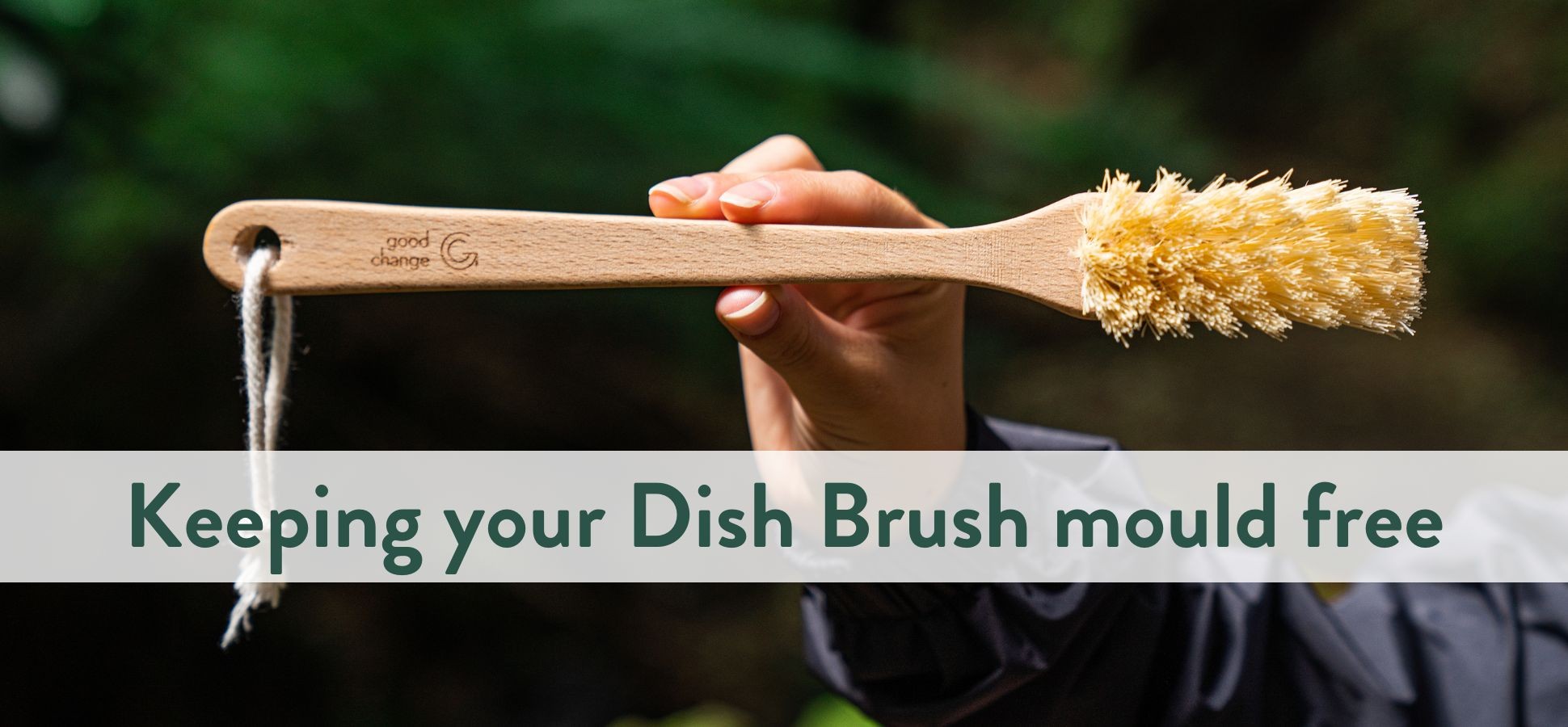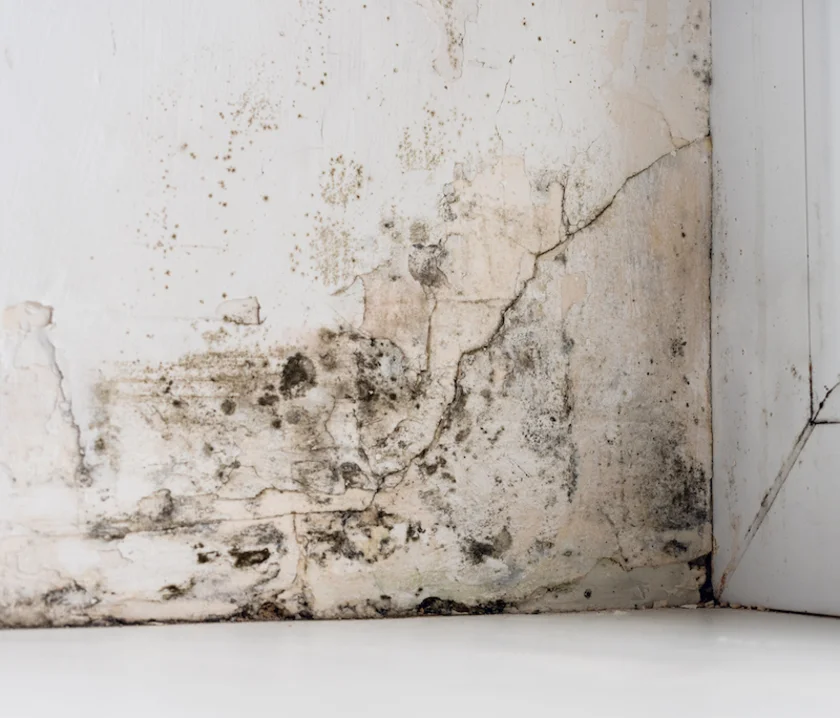Mildew remover for wood eliminates mildew and restores the wood’s original appearance. With its effective formula, this product efficiently breaks down mildew growth and prevents future infestations, ensuring long-lasting results and maintaining the wood’s integrity.
Offering a convenient and safe solution, mildew remover for wood is ideal for both indoor and outdoor applications. Whether treating wooden furniture, decks, or siding, this product effectively removes mildew stains and restores the wood’s natural beauty. Discover the transformative power of mildew remover for wood and enjoy a clean and revitalized environment.
Types Of Mildew Removers
When it comes to dealing with mildew on wood surfaces, it’s important to choose the right mildew remover for the job. There are two main types of mildew removers: chemical-based removers and natural or homemade removers. Each type has its own benefits and considerations, so it’s essential to understand the differences before making a decision.
Chemical-based Removers
Chemical-based mildew removers are specially formulated products that contain strong ingredients to eradicate mildew effectively. These removers are typically available in liquid or spray form and can be found at most hardware or home improvement stores. The advantage of using chemical-based removers is their powerful action, which can quickly eliminate mildew on wood surfaces.
However, it’s crucial to handle and use these removers with caution and follow the instructions provided by the manufacturer. Some chemical removers may contain harsh chemicals that can be harmful to your health or the environment. It’s important to wear protective gear, such as gloves and a mask, and to work in a well-ventilated area when using these products. Additionally, you should always test the remover on a small, inconspicuous area of the wood surface before applying it to the entire affected area to ensure it doesn’t cause any damage.
If you opt for a chemical-based mildew remover, look for products that are specifically designed for wood surfaces. These products usually have mildew-killing ingredients along with wood-safe cleaners to prevent any damage to the surface. Make sure to read the product labels carefully to find the most suitable one for your needs.
Natural Or Homemade Removers
Natural or homemade mildew removers offer an alternative option that is environmentally friendly and often more budget-friendly. These removers usually consist of ingredients you may already have at home, such as vinegar, baking soda, hydrogen peroxide, or lemon juice. Not only are these ingredients safer to use, but they also have natural antimicrobial properties that can effectively kill mildew.
To create a homemade mildew remover, you can mix vinegar or hydrogen peroxide with water in a spray bottle. Apply the solution to the affected wood surface and let it sit for a few minutes before scrubbing with a brush. Baking soda can also be used by making a paste with water and applying it to the mildew-infected area.
One advantage of natural or homemade mildew removers is that they are generally safer to use and do not have harmful side effects. They are also less likely to cause any damage to the wood surface. However, it’s important to note that natural removers may take longer to fully eliminate the mildew and may require repeated applications.
Before using any homemade mildew remover, it’s recommended to test it on a small, inconspicuous area of the wood to ensure compatibility and prevent any potential damage.

Credit: prohousekeepers.com
Application Techniques
To effectively remove mildew from wood, proper application techniques are crucial. Opt for a mildew remover specifically designed for wood surfaces, following the manufacturer’s instructions for best results. Apply the mildew remover evenly and allow sufficient dwell time before thoroughly rinsing the wood surface.
Preparation Of The Wood Surface
Before applying mildew remover on your wood, it is crucial to prepare the surface properly. Following these steps will ensure the best results:
- Start by clearing the area around the wood and removing any objects or furniture that may obstruct the process.
- If the wood is coated with paint or varnish, use sandpaper to gently remove the top layer. This will allow the mildew remover to penetrate the wood better.
- Next, carefully clean the wood surface to remove any dust, dirt, or debris. You can use a soft brush or sponge and mild detergent to clean the wood effectively.
- After cleaning, rinse the wood thoroughly with clean water. Make sure there are no soap residues left behind.
- Once the wood surface is clean and dry, inspect it for any signs of mildew. Look for black or gray spots, as these indicate the presence of mildew.
- If mildew is present, use a stiff brush or a scraper to remove as much of it as possible.
- Finally, make sure the wood surface is completely dry before proceeding with the mildew remover application.
Proper Application Methods
Proper application of mildew remover is essential to ensure effective results and prevent damage to the wood surface. Here are a few tips to follow:
- Always wear protective gloves, goggles, and a face mask to avoid direct contact with the mildew remover.
- Read the instructions provided by the manufacturer carefully and follow them accordingly. Each mildew remover may have specific instructions for application.
- Apply the mildew remover evenly on the wood surface using a brush, sponge, or sprayer. Ensure complete coverage of the affected areas.
- Allow the mildew remover to penetrate the wood for the recommended duration mentioned in the instructions. This will vary depending on the product used.
- Using a brush or sponge, gently scrub the wood surface to remove the mildew and any remaining stains.
- Rinse the wood thoroughly with clean water to remove any traces of the mildew remover.
- After rinsing, allow the wood to dry completely. Avoid direct sunlight, as it may cause the wood to warp or crack
- Inspect the treated wood for any remaining signs of mildew. If necessary, repeat the application process.
Safety Precautions
Start of Safety Precautions section
Protective gear: Wear gloves and safety goggles.
Ventilation and environmental considerations: Work in a well-ventilated area.
End of Safety Precautions section

Credit: www.goodchangestore.com
Aftercare And Maintenance
After treating mildew on wood, it’s crucial to follow specific aftercare and maintenance routines to ensure the longevity and preservation of the wood. Proper post-treatment cleaning and preventive measures are essential for keeping mildew at bay and maintaining the wood’s pristine condition. Let’s delve into the details of aftercare and maintenance when it comes to mildew remover for wood.
Post-treatment Cleaning
1. After applying mildew remover, clean the wood surface using a mixture of mild soap and water.
2. Gently scrub the treated area with a soft-bristled brush to remove any remaining mildew spores and residue.
3. Rinse the wood thoroughly with clean water and allow it to dry completely before applying any sealant or protective coating.
Preventive Measures
1. Regularly inspect the wood for any signs of moisture or mildew growth and address the issue promptly.
2. Apply a quality wood sealant or finish to create a protective barrier against moisture and mildew.
3. Ensure proper ventilation and airflow around the wood to prevent the buildup of moisture, which can contribute to mildew growth.
:max_bytes(150000):strip_icc()/9-best-mold-removers-of-2022-tout-f30080c69f5f4e7aacdc233578d19ed7.jpg)
Credit: www.realsimple.com
Frequently Asked Questions For Mildew Remover For Wood
What Is The Best Mold And Mildew Remover For Wood?
The best mold and mildew remover for wood is a solution of vinegar and water. Apply, scrub, and wipe clean.
How Do You Remove Mildew From Wood?
To remove mildew from wood, mix equal parts vinegar and water in a spray bottle. Spray the solution onto the affected area and scrub with a brush. Rinse with water and dry thoroughly. Repeat if necessary.
Does Vinegar Kill Mildew On Wood?
Yes, vinegar can kill mildew on wood. Apply vinegar directly to the affected area and let it sit for a few hours. Then, scrub the wood with a brush and rinse with water. Vinegar’s acidic properties help remove and prevent mildew growth.
What Can I Spray On Wood To Kill Mold?
To kill mold on wood, spray a solution of vinegar and water or hydrogen peroxide. Brush the mold off and let the area dry thoroughly.
Conclusion
Choosing the right mildew remover for wood is crucial for its longevity. Regular maintenance with the appropriate product can prevent damage and promote a healthy living environment. Keep your wooden surfaces clean and protected with the right mildew remover for lasting beauty.
Your wood will thank you!


